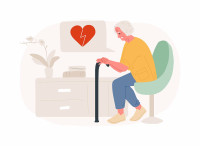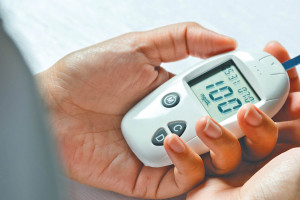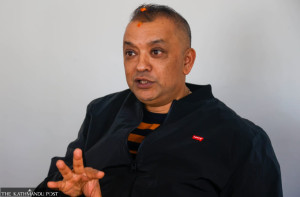Culture & Lifestyle
Understanding dyshidrotic eczema
The condition, also known as ‘summer finger bumps’, appears as small, tiny blisters on our skin.
Aarati Ray
Dermatologist Suman Nepal shares her insights on Dyshidrotic eczema, its causes, and treatment methods.
How would you explain dyshidrotic eczema?
First, one has to understand eczema. Eczema is a cutaneous skin infection that can flare for various reasons. Dyshidrotic eczema, or pompholyx or acute palmoplantar eczema is mainly seen on palms and soles, especially on the latter or upper part of the fingers.
It appears as small, tiny blisters. It is deep-seated and tense and has translucent blisters. It is extremely itchy. So, dyshidrotic eczema is a skin condition that causes tiny blisters on your hands and feet.
What are its symptoms and causative factors?
We don’t yet know its definite causes, but over time, some risk factors have been associated with this eczema. People who have allergic tendencies, like atopic dermatitis skin conditions, and who have allergies to food are more affected. Similarly, the genetic condition of an allergy can also affect it.
Some triggers can be excessive sweating on palms and soles or working with water more. Similarly, exposure to allergies-inducing factors or elements like laundry, detergents, and heavy metals like nickel and cobalt are other risk factors.
Lack of sleep and stress can also trigger this in many. Moreover, rather than during the day, it can flare up intensively during the night, and the itchiness will increase.
Regarding the symptoms, dyshidrotic eczema can make your hands and feet itchy and feel like they’re burning or prickling. You might notice small blisters appearing, especially on the sides of your fingers. This can cause cracks, and your skin can feel painfully dry.
Sometimes, the area around your nails may swell or change. These blisters usually start small but can get bigger, leaking fluid and changing colour. The good thing is, that these blisters stay on your hands and feet—they don’t show up on other parts of your body.
If you see similar blisters in other places, it might be a different skin issue. These bumpy blisters on your fingers can happen if you sweat a lot or spend too much time in the heat, and that's why some people call them ‘summer finger bumps’.
What are the effects of dyshidrotic eczema?
Dyshidrotic eczema can lead to several complications, including secondary infections such as lymphangitis and cellulitis caused by bacteria like ‘Staphylococcus aureus’ or ‘Streptococcus pyogenes’. If the condition affects areas near the nails, it can result in paronychia (infection around the nails) and nail dystrophy (abnormal nail growth).
The chronic and visible nature of the disease often causes physical discomfort and psychological issues, such as anxiety and fear of physical contact, often leading to social withdrawal.
Does it occur across various age groups or specific demographics?
Dyshidrotic eczema is more commonly observed in younger individuals, typically in their 20s to 40s. It tends to affect women more frequently.
When should someone seek a diagnosis for dyshidrotic eczema?
If you notice persistent blisters that don't disappear within two to three days, or if the condition becomes chronic and interferes with daily activities due to severe itching, it’s good to seek a diagnosis.
Can dyshidrotic eczema be completely cured?
Typically, dyshidrotic eczema is a chronic condition, meaning it can persist over time. In many of my patients, I have seen how if they have dyshidrotic eczema one summer, it flares up in another summer as well. While it may improve with treatment, it's often impossible to completely eradicate it. Instead, as dermatologists, our focus lies in managing symptoms to reduce discomfort and flare-ups.
What treatment methods would you suggest to an individual struggling with dyshidrotic eczema?
Although there’s no full cure for dyshidrotic eczema, you can manage it if you avoid or minimise contact with risk or allergen factors. Keep track of when your eczema flares or the itching becomes unbearable.
For instance, if using dish soaps or detergents while washing clothes affects you, avoid contact with them. You can also wear gloves while doing such work, wash your hands immediately, and put on moisturiser.
Similarly, wash your hands with warm water and use a moisturiser substitute instead of regular soap. Wear protective gloves with a cotton lining when handling chemicals like shampoos. Opt for cotton or silk socks and stockings, and choose leather shoes over plastic or rubber.
I have seen many burst their blisters which is a big no as it can lead to more blisters, so avoid that. I also suggest using a special lotion or skin moisturiser for skin comfort daily. As eczema can intensify when your skin is dry, moisturising regularly can be very helpful.
Putting on creams with steroids to calm redness and swelling, taking antibiotics for infections, and using drugs as the dermatologist prescribes to calm the immune system. The important thing is to talk to your doctor about these options so you can figure out what works best for you.




 14.12°C Kathmandu
14.12°C Kathmandu















